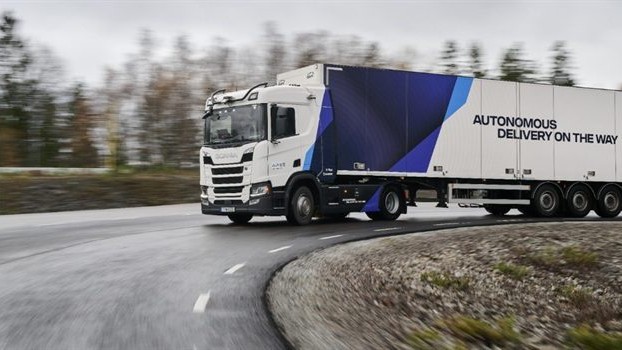Scania accelerates deployment of autonomous hub-to-hub transport

Scania is expanding its strategic development of autonomous hub-to-hub transport solutions, with the launch of an Autonomous Commercial Pilot Programme.
As part of TRATON Group, Scania will also be involved in a new partnership with US-based Plus, which will integrate its Level 4, fully autonomous SuperDrive technology stack into Scania and TRATON Group vehicles.
The Scania Autonomous Commercial Pilot Programme is part of an increased focus on establishing customer-driven testing to demonstrate hub-to-hub technology, and creating scalable operational concepts that deliver real value in customers’ operations.
For safer, more efficient, more sustainable driving
“We are committed to developing fully integrated autonomous solutions. This means technology that is fitted and supported directly from the factory and a solution that is designed to be operated by our customers in their existing infrastructure and operational flows,” said Peter Hafmar, vice-president and head of autonomous solutions at Scania.
The expectation is that Scania’s autonomous hub-to-hub solutions will help increase its customers’ operating efficiency, lower their transport emissions and improve road safety, while also addressing the growing global driver shortage.
Further expansion of autonomous programme planned
The launch and announcement are the latest stage on Scania’s autonomous journey. The company, which has already been testing autonomous transport solutions on Swedish roads since 2021, has plans to expand pilot operations with customers in other European countries during 2024.
“By expanding our autonomous hub-to-hub programme we are taking a leading position in providing autonomous solutions to our customers,” said Hafmar.
Scania trucks equipped with Plus’s Level 4 autonomous driving system are already being tested on public roads in Europe, with a safety driver on board. The two companies will pilot commercial operations with fleets, then start series production and global commercial deployment at scale.





